Posted by Maris on 6th Nov 2023
12 Scottish Christmas Traditions From Past to Present
During the Reformation (during the 1600s), the United Kingdom was ruled by Oliver Cromwell, who prohibited the "Christ's Mass." When Cromwell fell from power, the ban was abolished everywhere except in Scotland, which was, in a word, due to Presbyterianism.
Scots celebrated Christmas quietly because the occasion, once known as Yule, had been removed from the calendar and terrible punishments awaited those who participated. Until 1958, when Christmas Day was formally recognized as a public holiday, this period was little more than another work day for Scots.
Despite this gap in Scottish festivity, the country still has a plethora of customs, as even before to the Reformation, druids, pagans, and vikings - forebears who roamed Scotland long before us - celebrated the Winter Solstice (i.e., Yule or "Yogh" in Older Scots).
Here are 12 historic Christmas traditions and customs of Scotland, ranging from why we hang mistletoe to the origins of Yule Bread.
Scotland was not particularly 'Christmassy' until 1958.
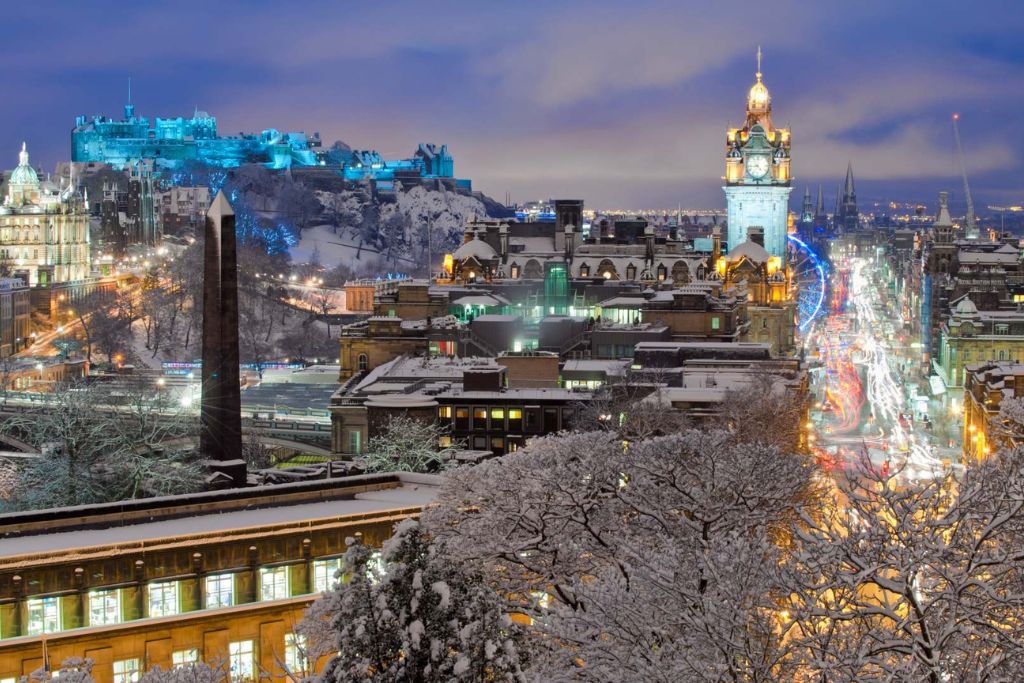
Prior to the mid-1550s Reformation, Scotland observed Christmas as a holy feasting day every year. However, the Catholic Church's crisis and the succeeding Protestant Reformation in Europe made the Kirk in Scotland distrustful of anything associated with Roman Catholicism, leading to the 1640 edict making Yule celebrations illegal. Even when the "Merry Monarch" himself, Charles II, gained the throne in 1660, it is believed that Christmas was still looked upon in Scotland for decades until it became an official holiday in 1958, but Yule was a pagan holiday enjoyed by Celts and Vikings hundreds of years before this.
Mistletoe - greenery for the home
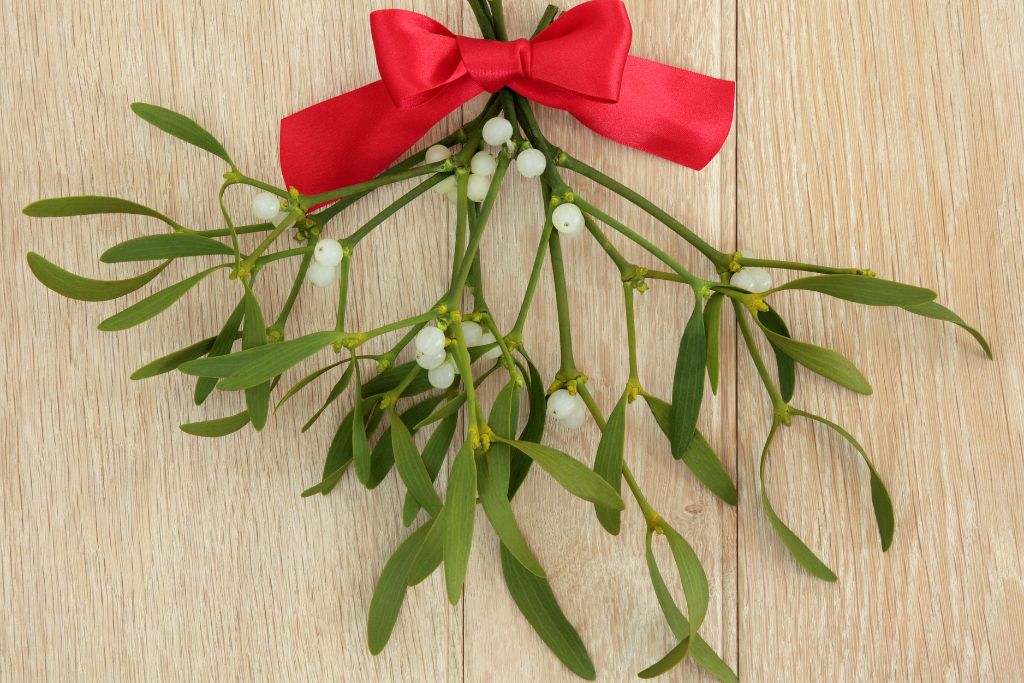
When ancient Celtic druids and pagans lived in Scotland, they celebrated Yule (or the Winter Solstice) by bringing greenery into their dwellings to symbolize vitality amid the dark hours associated with death. Mistletoe was employed because it was supposed to have reproductive effects, and the plant still urges people to kiss beneath it to this day. Holly wreaths are another ritual that ancient Celts put outside their homes as the ice cold winds of Winter were regarded to be harmful spirits and the wreaths offered protectors from these ‘wraiths’.
The Significance of Yule Logs
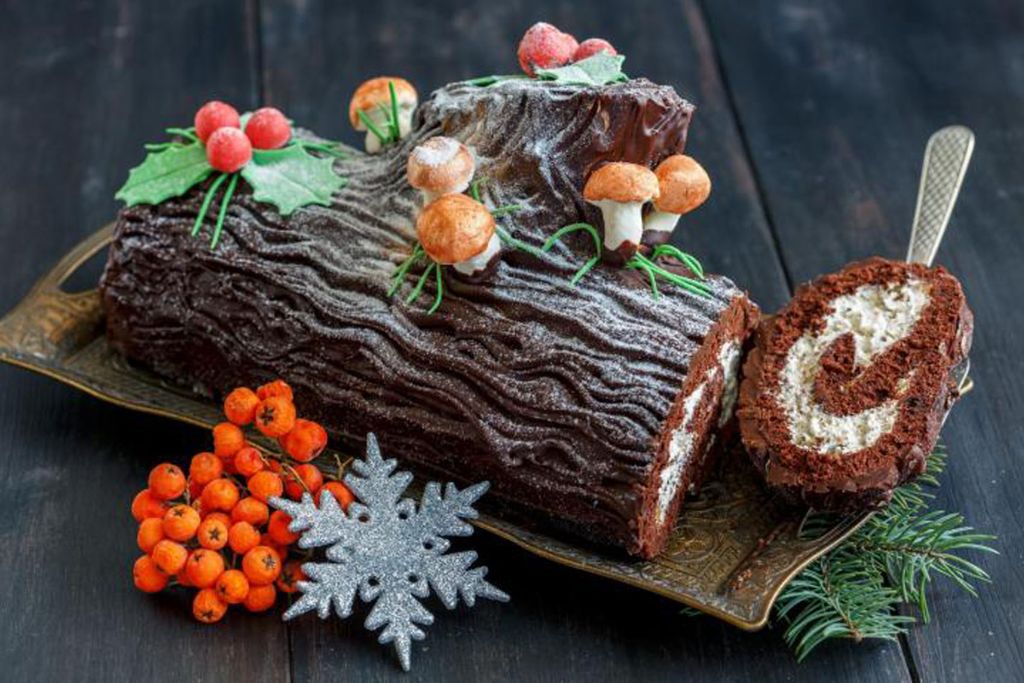
The Druids believed that the sun stayed still for twelve days in the middle of Winter, therefore, they lighted a log at this time to combat the darkness, evict evil spirits, and bring good fortune for the coming year. When making Yule bread, a Shetland and Orkney tradition, the loaf is formed into a circle to represent the Sun, and the caraway seeds used are thought to represent the "Sdhe" or Winter spirits
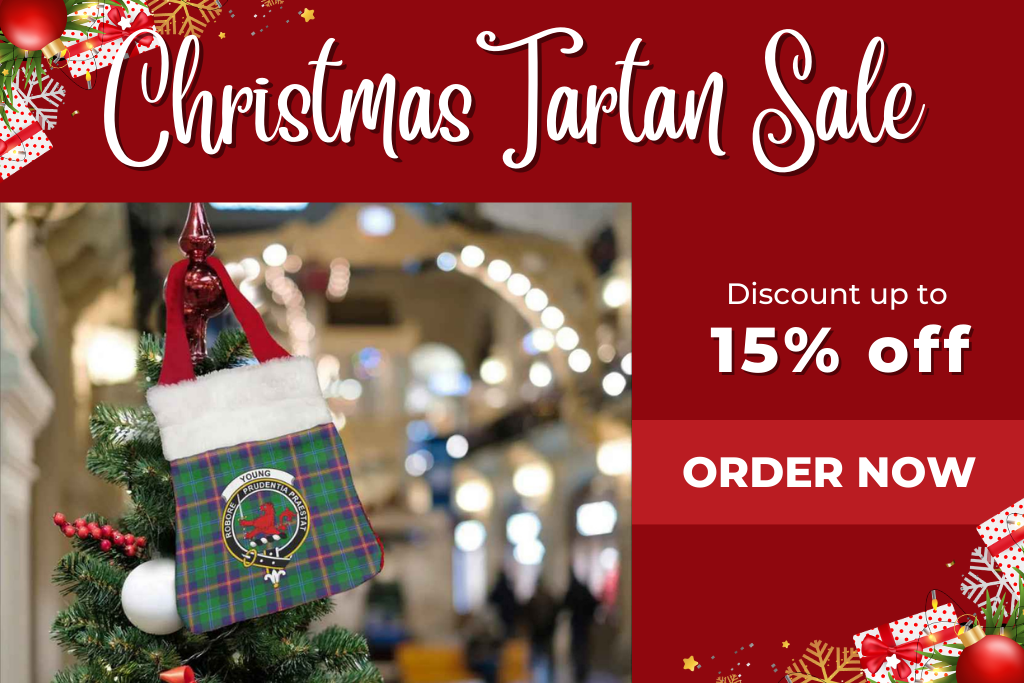
The fourth is the Cailleach.
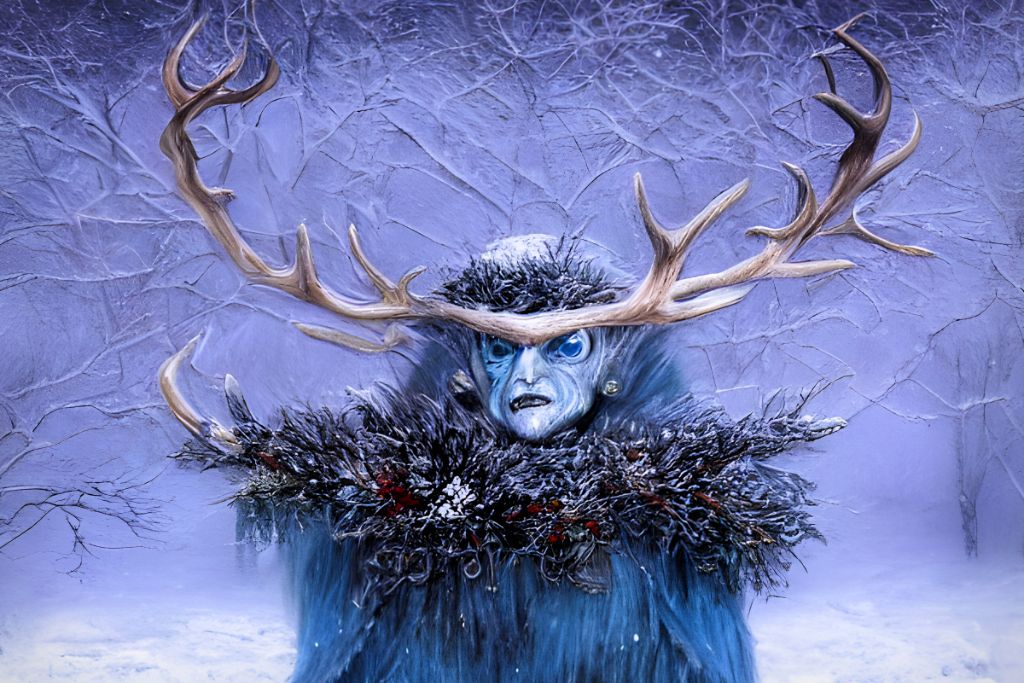
Scots employed the Cailleach or 'the Hag of Winter' symbol to fend against evil spirits. This was a log with the visage of an old woman carved into it, a fabled figure that brought long nights and cold weather. Our forefathers believed that by burning the totem, they might remove the icy darkness and dispel any residual bad luck in the home.
Crom Dubh na Nollaig - The Christmas spirit of darkness
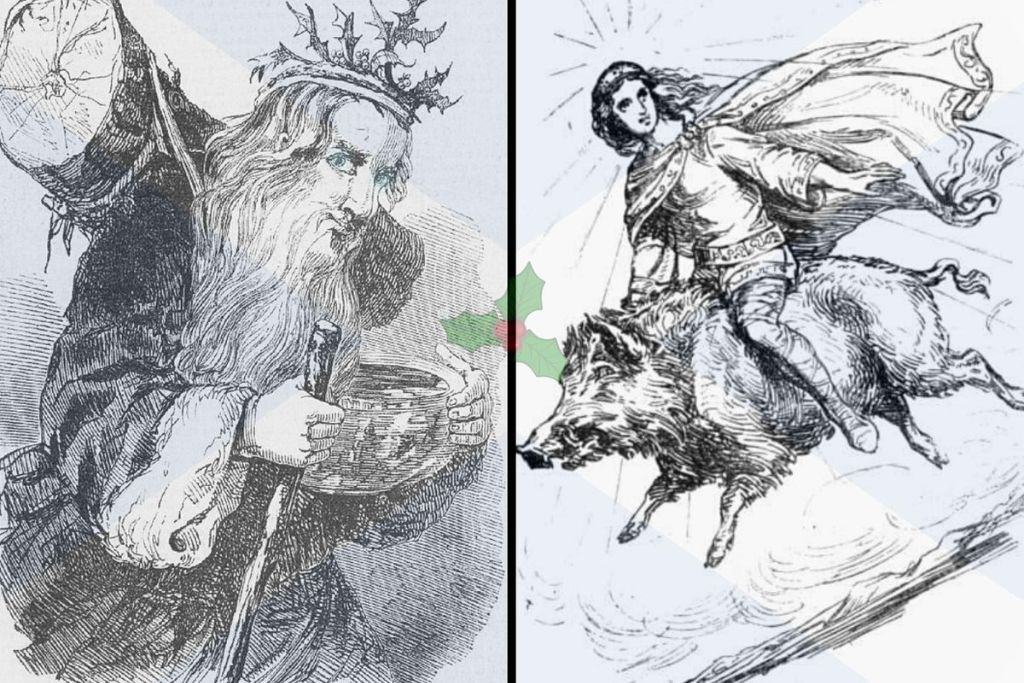
If the children of Islay (a Scottish Hebridean island) behaved inappropriately during the holiday season, this terrible spirit known as "the dark crooked one of Christmas" would visit them. In a 1969 interview, Peggy Earl, an Islay inhabitant, said she was "absolutely terrified" by this creature, which was said to howl down chimneys on the island.
Oidche Chonnle - Candlelight Night
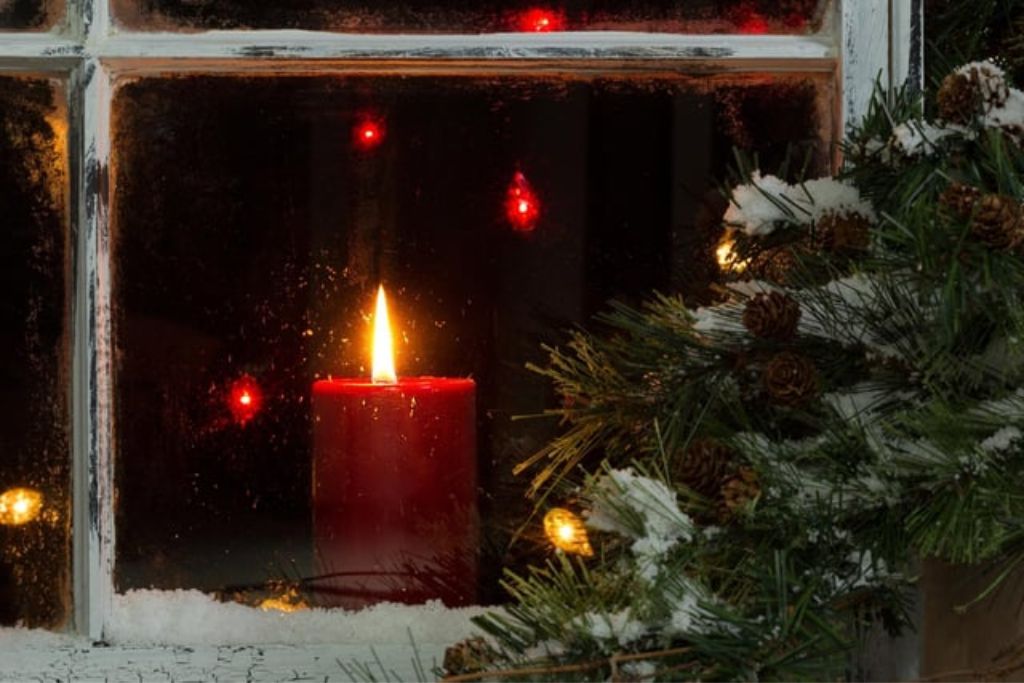
Fire has traditionally been used to ward off evil spirits and bring prosperity to the home in Scotland, but it also acted as a form of guidance. Oidche Chonnle (Candle Night) is the period when Scots would light candles in their front windows to welcome travelers and guide the 'holy family' on their way.
Edinburgh's Christmas Cannons
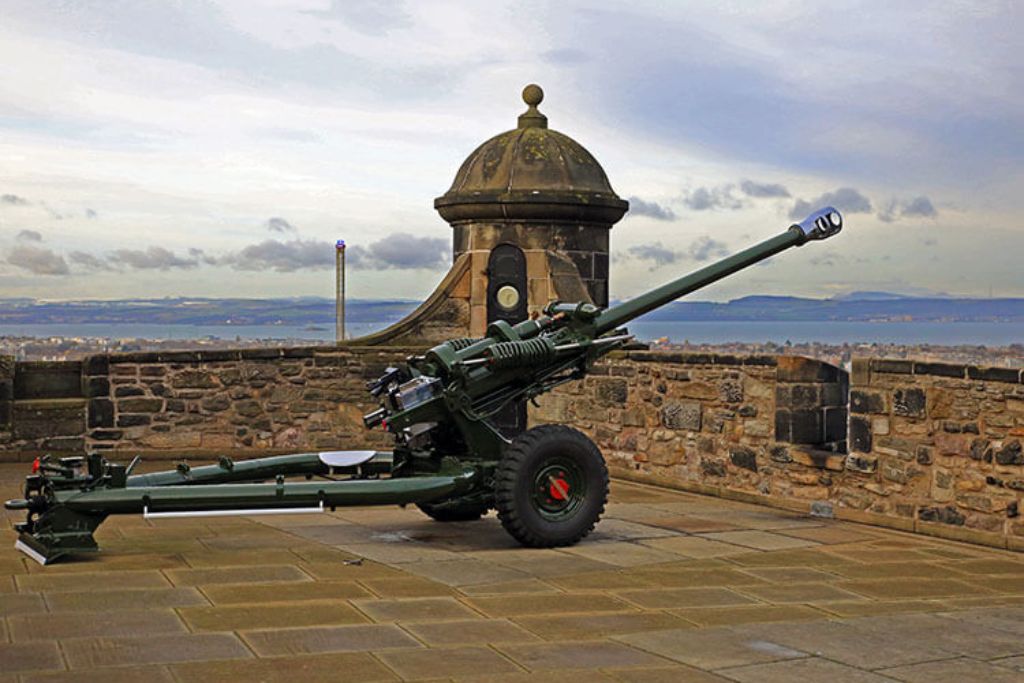
When James VI became King of Scotland in 1567, he was said to like to celebrate Christmas by firing the cannons at Edinburgh Castle. With the exception of a few select days, including, coincidentally, Christmas day, the same cannons are fired practically every day at 1 o'clock.
Stupid Days
During Queen Margaret's rule in the 11th century, most Celtic churches were influenced by Rome, and therefore the celebration of Christ became widespread. Christmas Day marked the beginning of the 'Daft Days' or the '12 days of Yule', which lasted until January 6 - a festive season of pleasure and frivolity that was eventually adopted as the '12 days of Christmas'.
Uphalieday - Christmas's 12th night
The 12th night of Christmas marked the end of the festivities in Scotland, which was marked by plays, pageants, and was dubbed "Uphalieday." Mary Queen of Scots attended an Uphalieday feast at Holyrood (Edinburgh) in 1563, where one of her ladies posed as the king in "cloth of silver and bedecked with jewels," while the Queen dressed in black and white.
Nordic Christmas - Boar Head Decorations
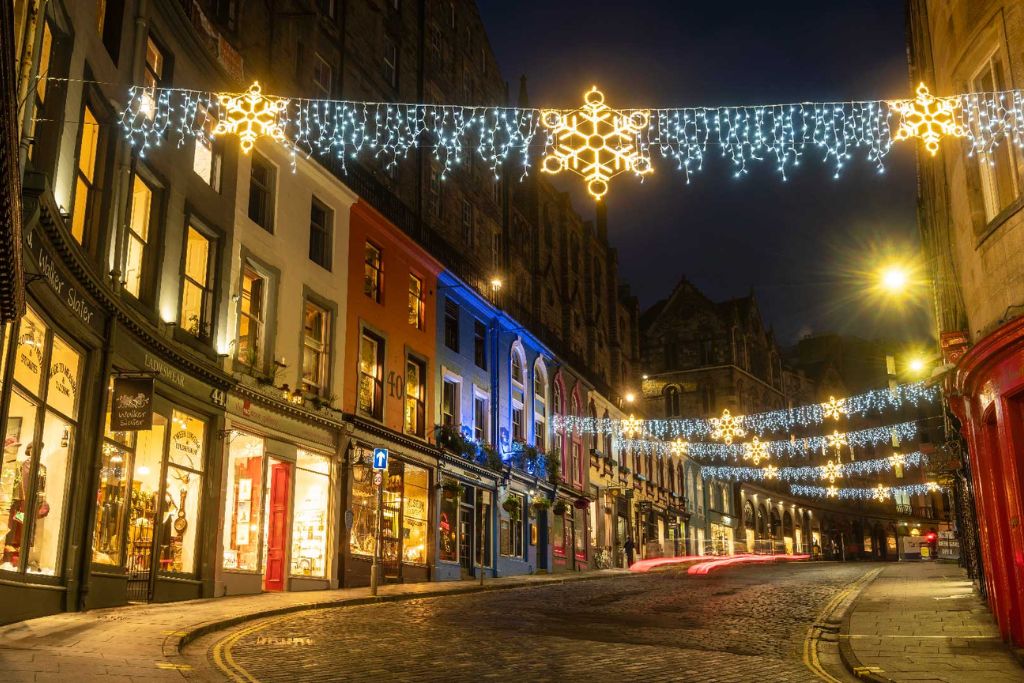
Our Viking ancestors who settled in Scotland between the 8th and 15th centuries observed the 12-day Yule feast. This was in honor of Freyr, their God of Sunshine, who rode across the sky on a golden bristled boar. Only the guy with the highest repute was allowed to decorate a boar head with laurel and rosemary for their Yule feasts. Following the feast, the men would hold hands and circle the fire, screaming, "Thor with us, Thor and Odin and Hale, Yule ha!"
Unusual festive beverages - Shetland's Whipkull
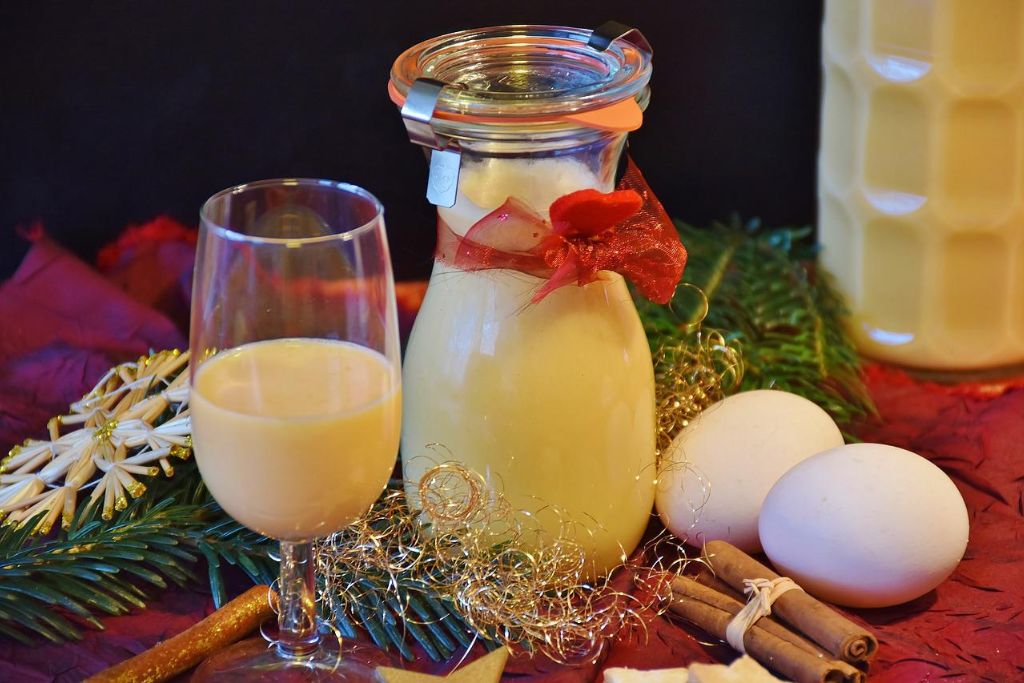
Scotland boasts a multitude of distinctive food and drink items that are typical to the country throughout the Christmas season. People in Shetland, which is heavily influenced by its Scandinavian past, drank Whipkull, an old drink served at the end of a huge Yule feast. It was created with a dozen egg yolks, a pound of sugar, a half pint of rum, and a quart of fresh cream, with a side of shortbread.
Rowan twig burning
Burning a limb from a Rowan Tree over the festive season is a long-held ritual among Scottish families. It was stated that they performed this to clear away bad feelings, mistrust, or jealousy between family and friends.

